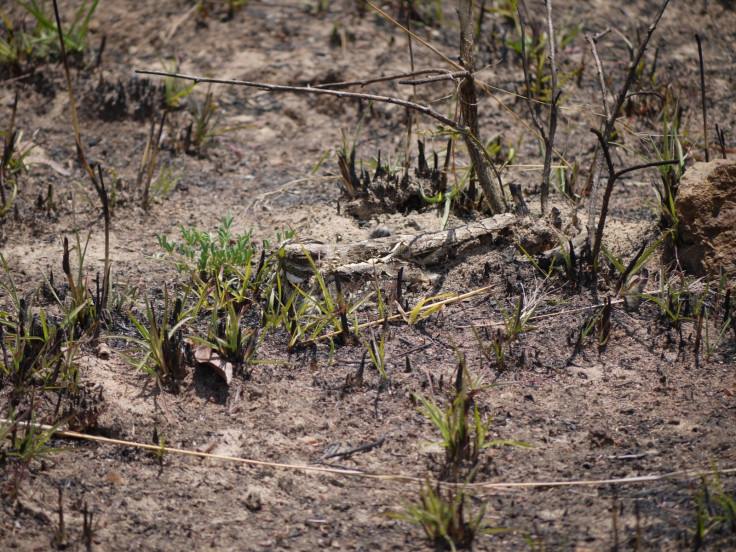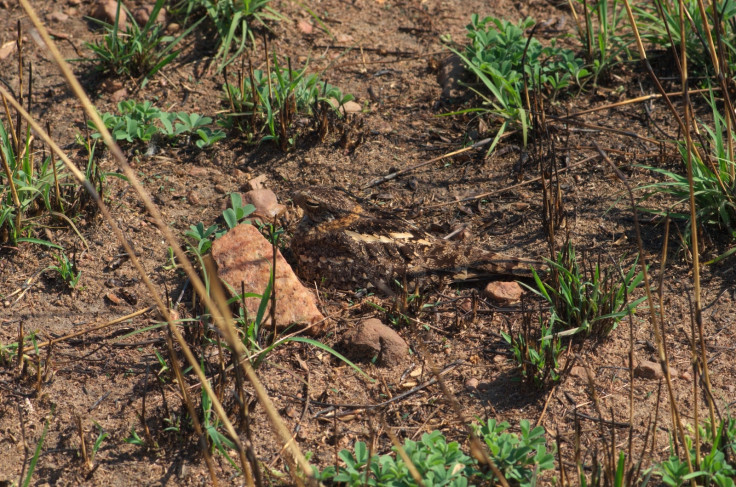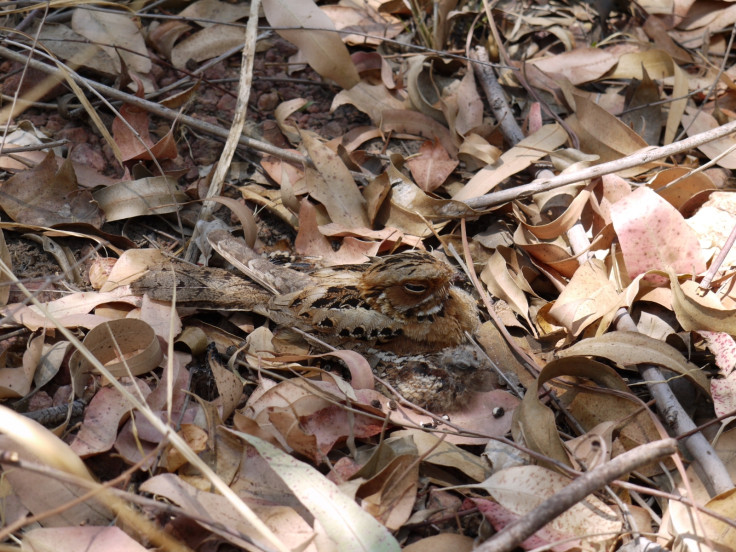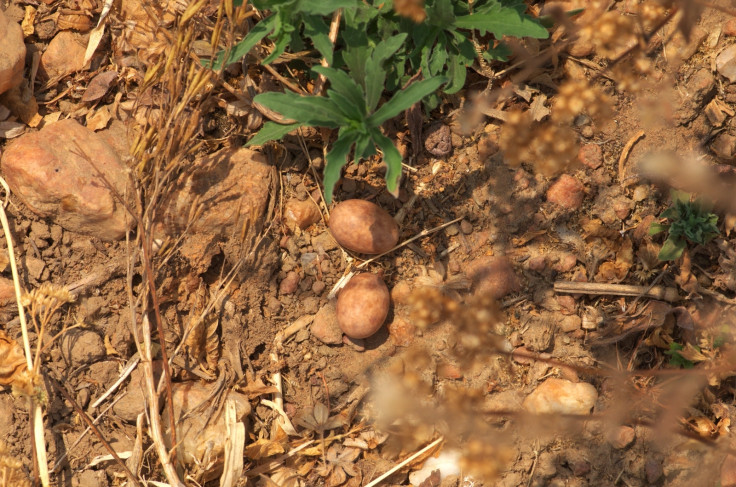These birds are so well disguised experienced biologists struggle to spot them. Can you?
Ground-nesting birds know the best spot to hide based on their individual markings.
Scientists have discovered a clever trick used by the birds who are best at the art of disguise.
Ground-nesting birds are very vulnerable to predators. To stand a chance at survival, they have to blend in seamlessly with their surroundings. Nightjars, plovers and coursers have this down to a fine art.
These birds choose their exact location to nest based on their individual markings, finds a study in the journal Nature Ecology & Evolution. This is the first time that the behaviour has been seen on an individual level, rather than a species level.
Exactly how the birds know where to sit to best conceal their plumage, eggs and nest is not yet clear, study author Martin Stevens of the Centre for Ecology and Conservation at the University of Exeter told IBTimes UK.
"One possibility is that they somehow have learned about features of their environment and where their eggs and nest are most successful. So with time they become better at selecting locations to nest," Stevens said.
Another perhaps more exciting possibility is that the birds have an awareness of what they look like, and pick the best spot to match.
"They could be somehow looking at their nests and themselves to make a decision about where to nest. Nightjars have almost 360 vision and might well be able to see their own plumage against a background.
"They don't have to consciously know anything, but they are making some kind of assessment or decision based on experience or what they think is going on at the time."

The nests were picked out by nest-finders at the study sites in Zambia. Local farm workers are particularly adept at spotting the nests, either when a bird is disturbed as they pass or from a torch reflection in their eyes at night. The nest-finders would then pass on the location of the nest to Stevens and his team to analyse.
"They are incredibly hard to find," Stevens said. "The local field guides are amazing, they can see the birds incredibly well from quite a long distance. It can take us a long while to spot a nest even if they're pointing right at it."




© Copyright IBTimes 2025. All rights reserved.






















